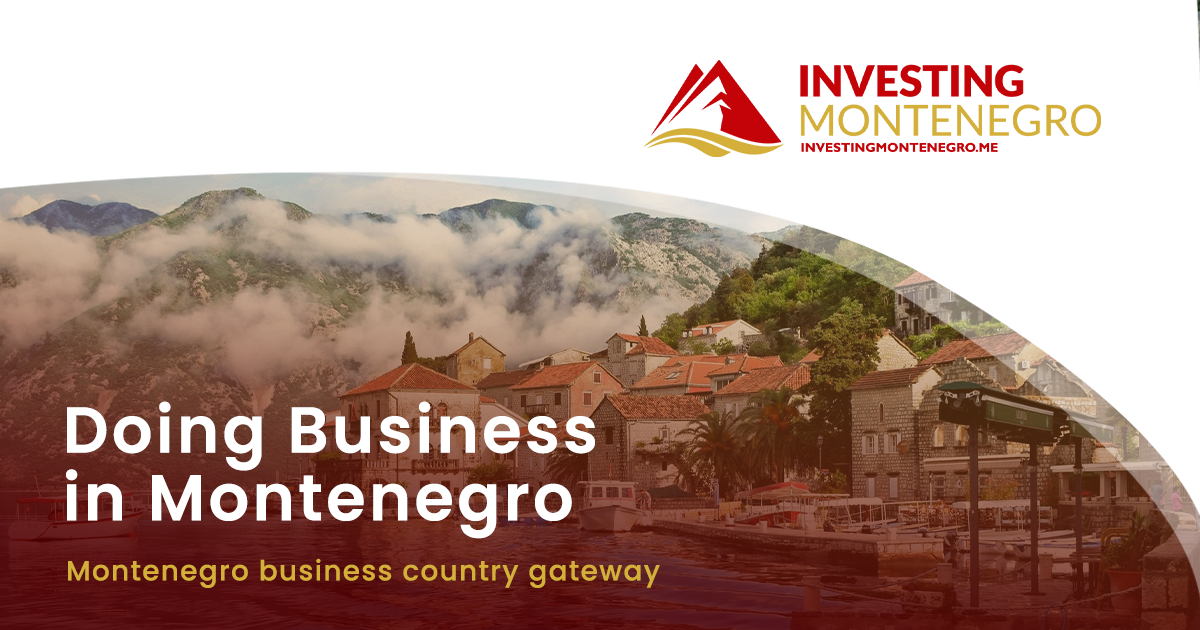“Sveti Stefan must be opened one way or another. Sveti Stefan is unique in the world; there is no other like it. The state should take over the town-hotel, invest money, and restore the glory it once had.”
These were the words of Vladimir Mitrović, a former director of Sveti Stefan from 1969 to 1975, in an interview with “Vijesti.” He expressed concern over the iconic town-hotel being closed for the fourth consecutive year, celebrating its 64th birthday with a padlock on its gates.
On July 13, 1960, a small Paštrovići fishing village and medieval fortress transformed into a trendy summer resort by communist authorities. Sveti Stefan became synonymous with luxury and prestige, hosting world-renowned movie stars, politicians, kings and emperors.
However, recent history has seen Sveti Stefan marred by governmental mismanagement, from Milo Đukanović’s administration to the current government led by Milojko Spajić. In 2007, the town-hotel, along with Villa Miločer and the now-demolished Queen’s Beach Hotel, was leased to Adriatic Properties, which entrusted its management to the Aman brand.
A conflict between the lessee and the Government escalated into an international arbitration in London, costing a hundred million euros. As a result, Sveti Stefan remains closed for the fourth year in a row, with little hope of reopening this summer.
“Vijesti” has reported several times that the lessee was willing to reach an agreement and accepted the Government’s proposed modalities. However, after each acceptance, the Government remained silent.
Sveti Stefan: One of a kind
Mitrović, a former tourism minister and 90-year-old tourism expert who secured Montenegro the prestigious “Golden Apple” award in 1972, reminisced about the past.
“I was the manager and general director of Sveti Stefan, Miločer, and Maestral for nearly six and a half years, from 1969 to 1976. During that time, we worked successfully and won the ‘Golden Apple’ in Athens, a global recognition. We received this award for the outstanding architectural design of the town-hotel Sveti Stefan and the exceptional level of hotel services,” Mitrović emphasized.
He highlighted that the entire workforce that ensured Sveti Stefan’s award-winning service level was local.
“If we could achieve this back then, why shouldn’t it continue in the future?” Mitrović pointed out.
Unfortunately, this has not happened. “Sveti Stefan has been closed for four years and also didn’t operate for four years due to renovations, effectively eight years. This is a catastrophe for Montenegro and Budva because the town-hotel is one of a kind in the world. There are thousands of other hotels, but only one Sveti Stefan. The French tried to imitate it but failed. We are giving the impression that something is wrong here if our best attraction is closed,” Mitrović emphasized.
He stressed that “Sveti Stefan must be opened one way or another.”
“The best solution would be for the state to take over and restore it to its former glory. Sveti Stefan during our time and now is vastly different. Back then, there were various forms of entertainment; now there is none. We had music for dinner, folklore, dancing, a nightclub, a casino, a floating restaurant, souvenir shops, and tennis courts. Now there is nothing. People don’t come to Sveti Stefan just to sleep and eat, but to enjoy,” Mitrović emphasized.
According to him, Sveti Stefan should be restored to its former glory when it attracted the world’s elite, including emperors, kings, and distinguished guests.
Breaking the iron curtain
Former director Pero Rađenović noted that Sveti Stefan was the first to break the “iron curtain,” a barrier in Eastern Europe, as reported by Life magazine in 1964.
In the 1950s, Yugoslav political leaders, including Edvard Kardelj and Montenegrin officials like Blažo Jovanović, alongside artists Petar Lubarda and Milo Milunović, initiated the transformation of Sveti Stefan into a luxury town-hotel. This vision was realized in 1960, marking the beginning of Sveti Stefan’s modern history and its rise as one of the world’s most famous hotels.













